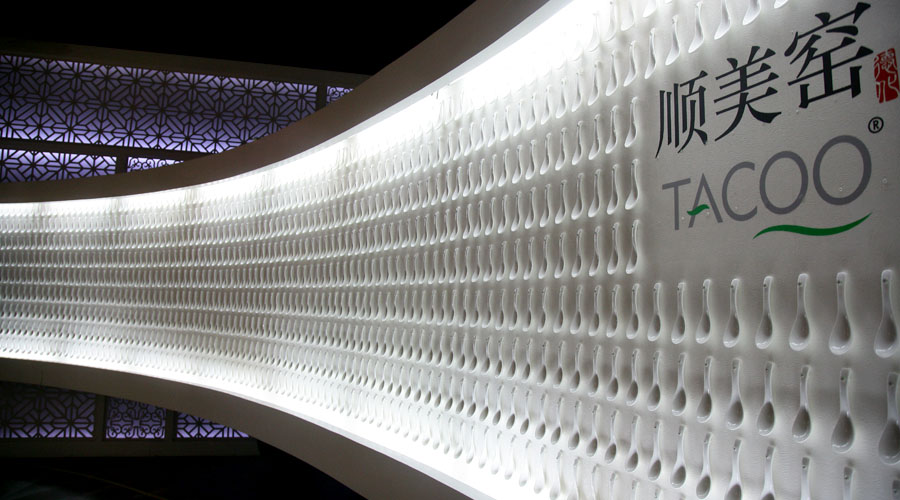
Chinese porcelain has a long history and a wide variety. In addition to noble and elegant blue and white flowers and colorful colored porcelain, elegant white porcelain is also a favorite of people. Although it does not seem to have colorful patterns and gorgeous colors, it is simple. In Central China, it shows people the natural beauty. On the afternoon of April 24, Ms. Zhu Zhuxiang, the general manager of German Shunmei Group and the vice chairman of the German Chinese Overseas Chinese Federation, took us into the world of Chinese white porcelain and unveiled the mystery of 'Chinese white' for us.
'China White' to start again
'Cangguan Yingli Sanzhou Road, the sound of the sea is among the thousands of merchants.' Thousands of years ago, a long scroll of 'Taiwan Wanguo' spread from Quanzhou 'the largest port in the East' to the ocean, spreading the world and creating the 'Sea Silk Road 'It's brilliant.
As the starting point of the Maritime Silk Road, Quanzhou has been in close contact with more than 100 countries and regions. And Dehua Ceramics began in the Shang and Zhou Dynasties. In the middle and late Tang Dynasty, Dehua Ceramics began to be exported to Europe, Southeast Asia, the Middle East and other countries. By the Song and Yuan Dynasties, Dehua Ceramics had become one of the important commodities on the Maritime Silk Road. In the Ming Dynasty, Zheng He went to the ocean seven times. Among them, the 'Taixing' shipwreck was equipped with nearly 350,000 pieces of ceramics from Dehua. Because most of the maritime Silk Road's commodities are mainly ceramics, it is also named 'Ceramic Road'.
'China White' reputation
Since ancient times, Dehua has been famous for producing white porcelain. It is said that 'the world white porcelain looks at China, and the Chinese white porcelain looks at Dehua'. It is also known as 'the mother of world white porcelain' and 'Eastern art'.
Dehua white porcelain is known as 'ivory white', 'lard white', 'goose down white' and so on in China's white porcelain system because of its fine production, dense texture, crystal like jade, and moisturized glaze like fat. It has a unique style and occupies an important position in the history of ceramic development.
Porcelain sculptor: He Zhaozong and the Italian sculptor Michelangelo, the Chinese porcelain sculptor in the Ming Dynasty He Chaozong, are the pioneers of the 'Chinese white' in history. He chose unique porcelain clay and used a neutral atmosphere during firing, overcoming the shortcomings of insufficient purity of white porcelain, making the glaze color more pure and brighter and brighter under the light. Innumerable exquisite works have been produced by Master He Chaozong and are collected in many museums at home and abroad.
One Belt One Road, China White
Dehua White Porcelain is made of fine white porcelain mud and processed from the finest ore. The unit price of each ton of mud is as high as 30,000-50,000 yuan. Its impurity content is very small, the porcelain is extremely white, and the whiteness is as high as 95%. The best of white porcelain. Each finished product is fired by more than 70 processes, 1330 degrees high temperature and 48 hours constant temperature.
The Belt and Road Initiative has brought free exchanges and conveniences such as culture, economy and trade to the country. Shunmei Group is committed to the R & D, manufacturing and trading of Western crafts. With the new sea silk road set sail again, 'China White' starts again. It is trying its best to push Dehua fine white porcelain to the world again.
Germany's Shun Mei Group made its debut at the PDC Design Gallery with high-quality Dehua porcelain. Welcome to visit.
Note: The above views only represent the speakers themselves, not the stand.